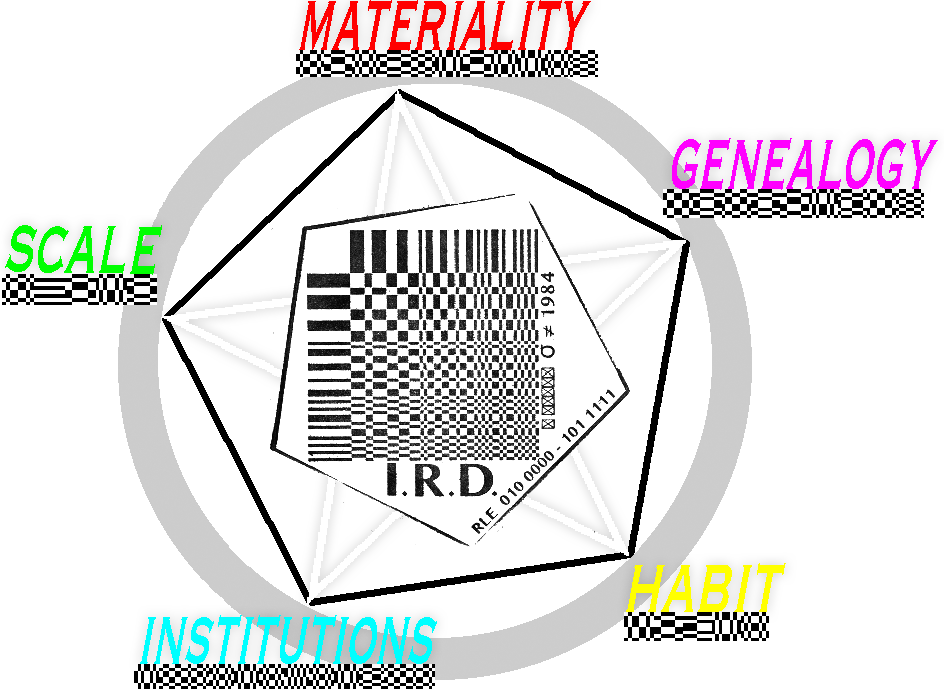11/01/2009
Glitch Studies Manifesto (3)
3. Get away from the established action scripts and join the avant-garde of the unknown. Become a nomad of noise artifacts!
There are three occasions when the static, linear notion of transmitting information can be interrupted. These instances often result into noise artifacts, sub-divisible as glitch, encoding / decoding (compression) and feedback artifacts.
Etymologically, the term “noise” refers to states of aggression, alarm and powerful sound phenomena in nature ('rauschen'), such as storm, thunder and the roaring sea. But when we approach noise within a more social context, noise is often used as a figure of speech and as such has many meanings.
Sometimes, noise stands for unaccepted sounds, not music, not valid information or what is not a message. This negative definition also has a positive consequence: it can help by defining its opposite (the world of meaning, the norm, regulation, goodness, beauty and so on). Moreover, noise often helps to contextualize information.
Noise is thus paradoxical. It is the source for new patterns, anti patterns and new possibilities. Noise functions as a positive, generative quality (that is present in any communication medium) and exists on the border (the membrane) of language.
I use the concept of noise to refer to an (often undesirable, unwanted, other and unordered) disturbance or addition to the linear signal of useful data; a void of meaning.
This void can not only be used as a lack of meaning, but also as a power that forces the reader to move away from the traditional discourse around code, and to open it up, to understand the politics behind a text or technology. The void can bring the fundaments of communication that are normally obfuscated or the elements that we don't want to see to the surface; it can expose hierarchies. Through the void, artists can voice a critique towards the digital media.
Subscribe to:
Post Comments (Atom)



No comments:
Post a Comment